China just announced the construction of a massive sea port on the southern tip of Chancay, Peru. The megaport challenges U.S. influence in the resource-rich region in South America.
The deepwater port represents an important move in the China-American trade war. Chinese leader Xi Jinping will travel to Peru to perform an opening ceremony on his first trip to the continent since the beginning of the Covid-19 Pandemic.
What Is the Purpose of the Port?
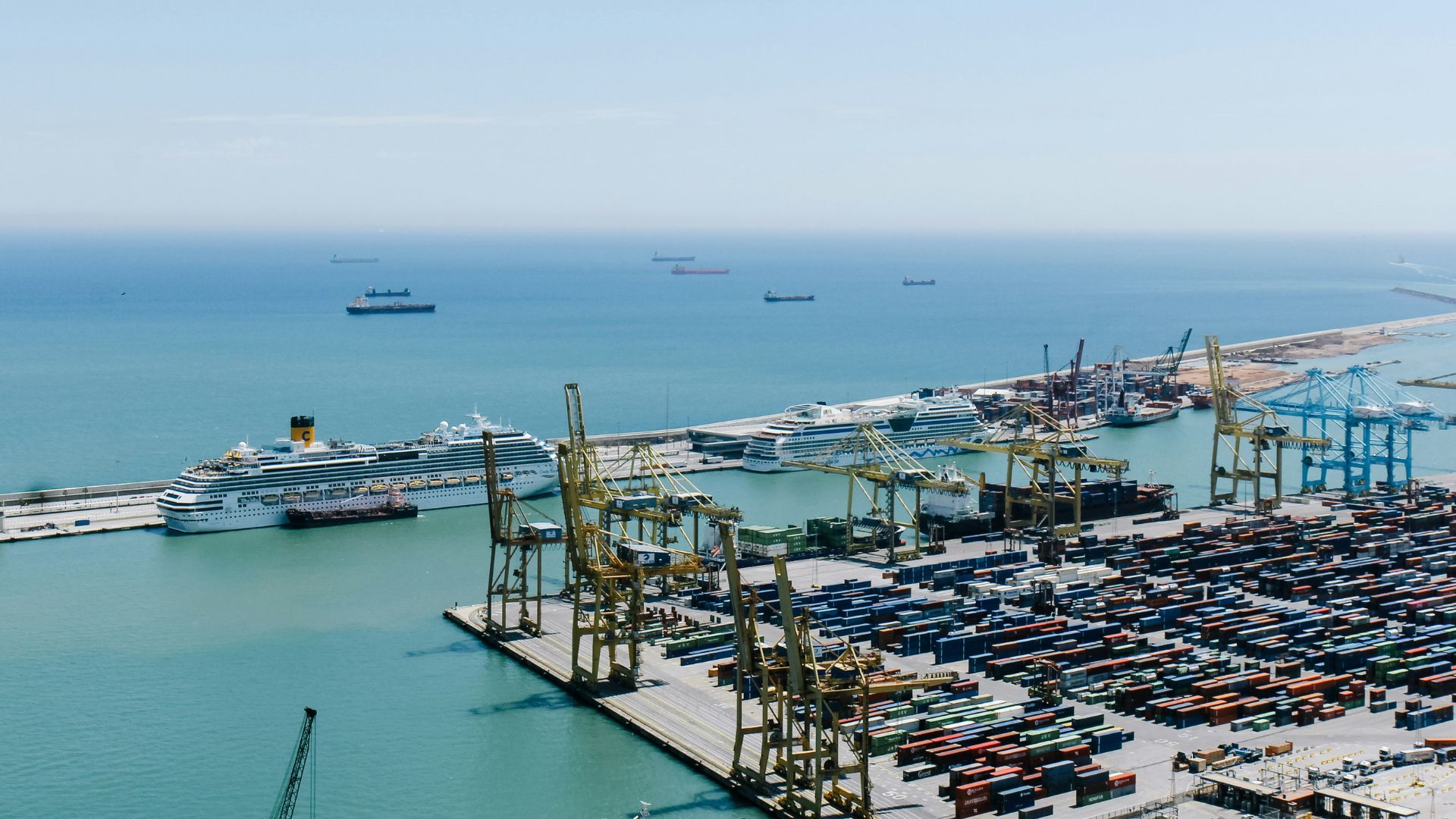
The port in Chancay is owned by China Ocean Shipping, a massive group known as Cosco. The port expects to increase trade between South America and Asia.
Customers around South America will experience shorter travel times for items coming from the global south. Everything from blueberries to copper will be cheaper and more easily accessible.
Why Cheap Chinese Goods Is Not Always a Good Thing
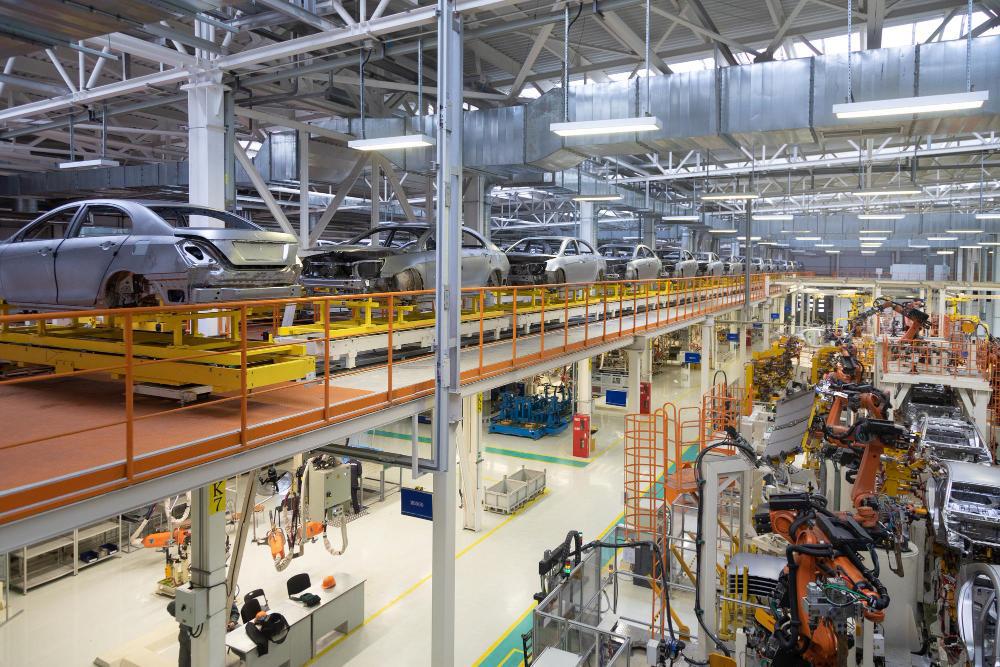
Although having access to cheap items might seem beneficial to consumers, the flood of ultra-inexpensive Chinese goods threatens American manufacturing and quality of life.
Recently, the Biden administration introduced massive tariffs on Chinese products like steel and iron. When China offers the same goods that America can produce at a fraction of the cost, they do so to everyone’s detriment. Quality-made items in America have become undesirable, so industries that support real American workers die off. China is able to produce and sell items so cheaply because it has no labour laws and heavily exploits its workers to produce things in mass.
The Port Will Allow China to Trade More Items
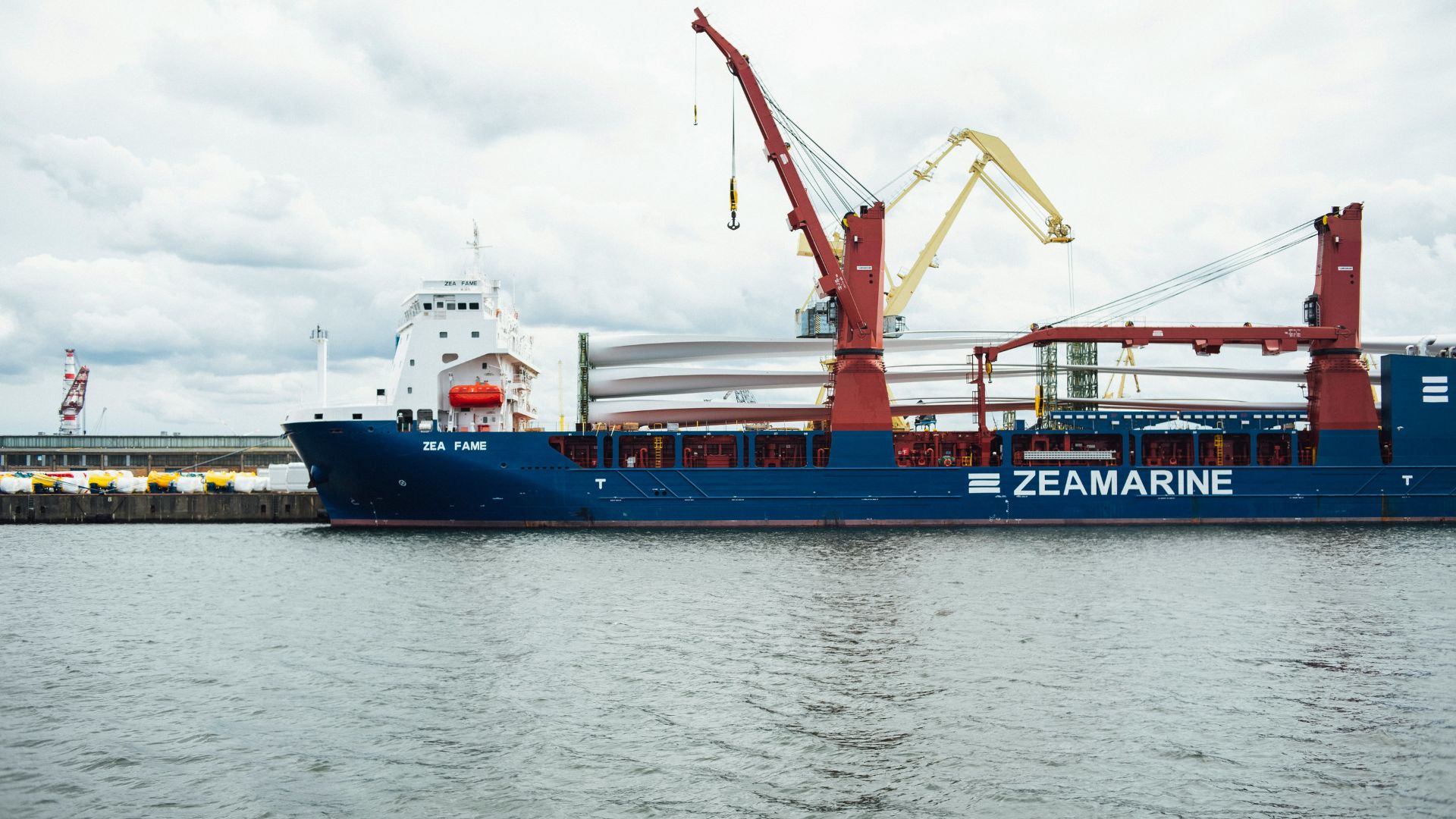
First-world countries that still manufacture things like cars, steel, and microchips fear the new port will destroy what little trade is left with South America.
The port will allow China to introduce new items to South America, such as electric cars.
America’s Has a Contentious Relationship With Chinese Companies

Earlier this year, the U.S. Government made the difficult choice to ban the app TikTok for American users unless the Chinese-owned company sells its tech to an American. Fears of the Chinese military spying on U.S. residents are currently a large concern for Congress.
The focus on the Chinese military has been a long-standing issue for the United States. The port in Peru marks a potential military move into the west.
Fears of Military Action From the South
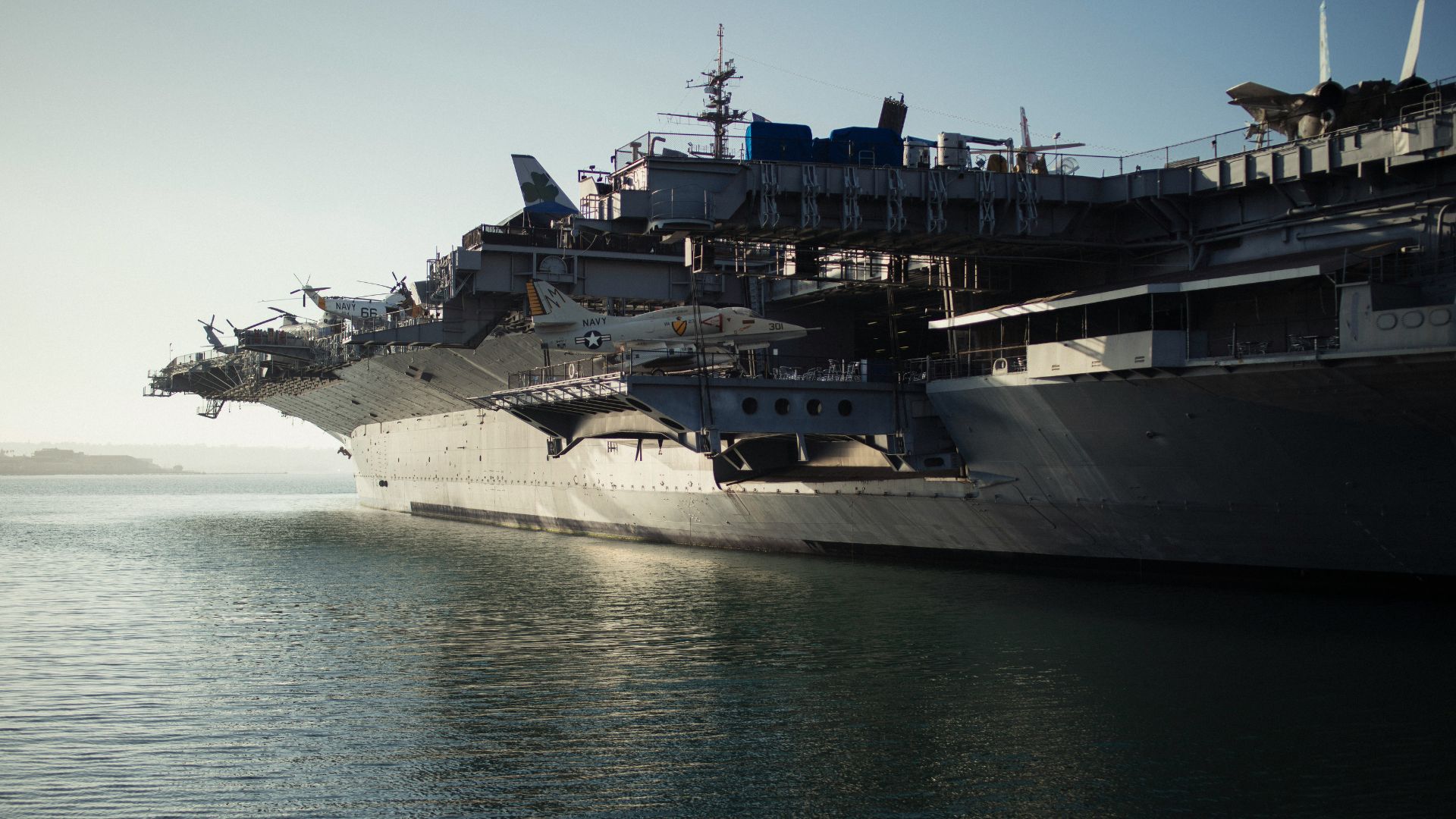
Global commerce is one of the biggest parts of the Chinese economy. However, expanding their reach in the Western world will also deepen their military resources.
Army Gen. Laura Richardson, the head of the U.S. Southern Command, said last month at a security conference that the port will “further make it easier for the Chinese to extract all of these resources from the region, so that should be concerning.”
America Has Left the South Open While Focusing on the Middle East

American officials and military personnel say that China’s expansion into South America notes a diplomatic void that the U.S. has left open while focusing on issues in the Middle East and Ukraine.
Eric Farnsworth, a former State Department diplomat who now leads the Washington office of the Council of the Americas think tank, said that China’s move changes the game. He said of the issue, “It really platforms China in a major new way in South America as the gateway to global markets. It is not just a commercial issue at that point, it is a strategic issue.”
What Is a Megaport?

A megaport is needed to welcome mega-ships, the ultra-large container ships that carry massive stacks of steel containers. The ships are heavy and wide, which means that the undersides need to be long enough to support the load.
Deep water ports are necessary for these ships as they cannot enter shallow water where they risk becoming damaged or capsizing.
Chancay Port Is Deep Enough To Welcome Massive Boats

Chancay is a perfect location for a large shipping port, as the Pacific coast is deep enough to accommodate 60-foot-deep boats.
The port is located just south of Peru’s capital city, Lima. It will be the first mega port in South America that can welcome ships travelling from China.
China Says: Nothing To Hide
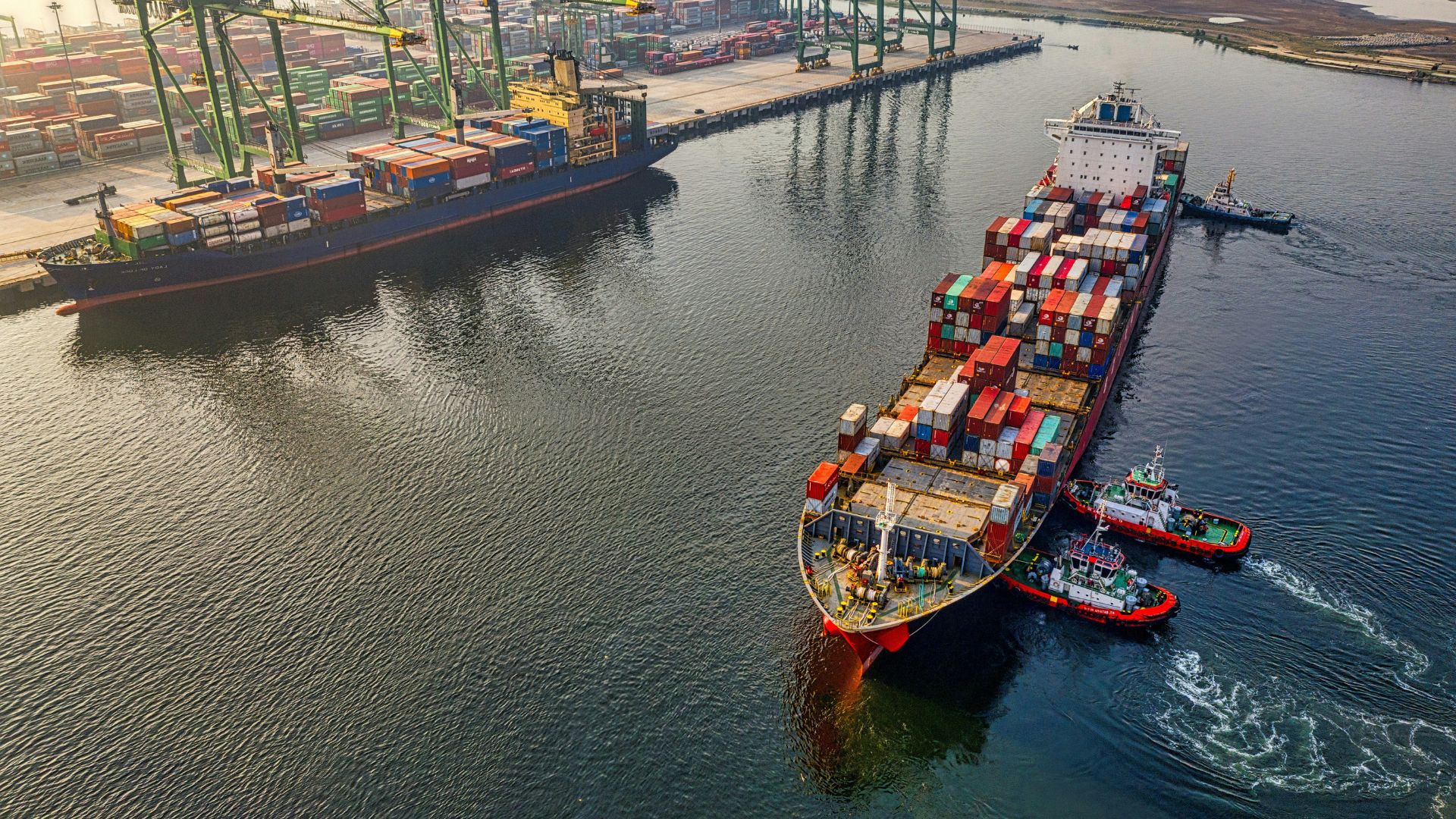
Cosco says that the move into Chancay is only meant to boost trade with South America and that there are no secret military moves behind the scenes.
Gonzalo Rios, Cosco’s deputy general manager located in Peru, says that “this is a commercial project to promote development” and that “there is nothing to hide here.”
Peru Is Not Interested in Helping the Chinese Military

Although a country of 33 million, Peru stays out of most global conflicts. Now, they have brushed off concerns of a relationship with the Chinese military.
Javier González-Olaechea, Peru’s Foreign Minister, warns the U.S. to stay out of their operations and, if they are so concerned about their trade with China, to step up and invest in Peru’s trading ports.
The u.s. Will Remain Committed To Stifling Chinese Trade

Regardless of Peru’s relationship with Chinese trading, the United States will remain committed to stifling the flood of cheap products into commerce flow.
One effective method the U.S. has used in the past is heavy tariffs on Chinese goods and on countries that trade heavily with the opponent.








































